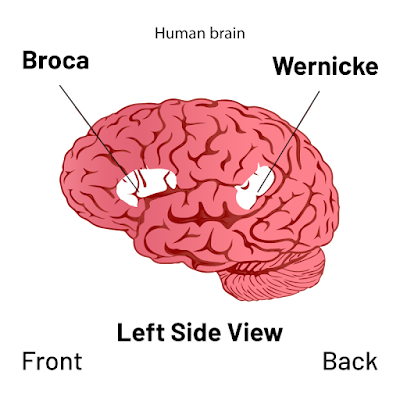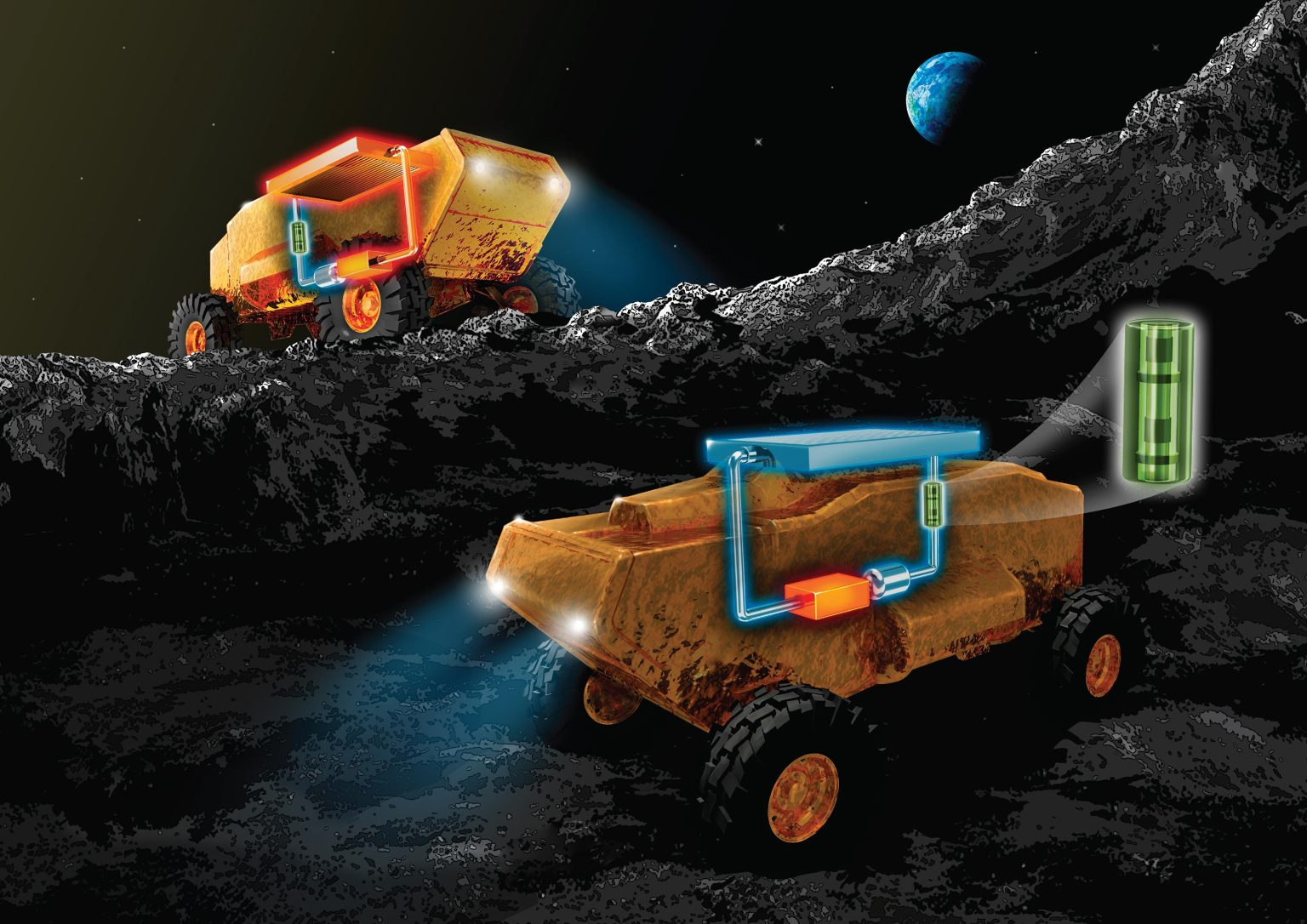Image Wikipedia, Wernicke's area
Which brain area should we observe? If we want to make the Brain-Computer Interface (BCI)? Maybe the best point would be the neural tracks that transport information to the facial and throat muscles from the sensorimotor brain lobe. The problem is that observing this kind of structure requires an extremely high accuracy. The complete BCI requires deep knowledge of the brain activity and its internal and external communication.
The key role in communication is in the Broca's and Wernicke areas. But what area should we observe, if we want to transmit thoughts to the computer? Natural selection is the brain lobe that produces speech. Transforming speech to text and driving it to the AI is simple. But if we want to take that text straight from the brain, we must realize that speech is a product of the cooperation of multiple different brain lobes. And that is the key problem that BCI sensor creators must solve.
The Neuralink chip observes the Broca area. That is the responsibility to produce speech. I sometimes write that we should hear Wernicke lobe rather than Broca. The reason for that is the Wernicke area is the brain lobe that understands speech. The third part that is required is the senso motorial brain lobes, which give orders to the facial and throat muscles that produce words.
The interaction between the Broca and Wernicke areas is bidirectional. In old models, the information travels from the Wernicke lobe to Broca. The Broca sends orders to neurons that control the muscles that produce speech. That is a simple model. But things like aphasia research give information. The Wernicke plays a bigger role in speech production than previously noticed.
The data travels between those three points in a more complex model than previously thought. That means the Wernicke lobe may check that the speech that Broca's area creates is something. That somebody understands. When Broca's area creates speech, it interacts with two other brain segments and collects data for the speech from memory blocks. The reason why the Broca is silent when people speak is its role as an information sender to the sensorimotor brain lobe.
Broca's area must wait for those neurons' feedback after it sends the information. When the sensorimotor brain lobe sends feedback. it sends information back to Broca that received information. That feedback tells the Broca's area can release axons for the next mission. And if Broca's area sends something during that feedback. There is a possibility that the neuron in Broca's area sends information to sensorimotor neurons using the same axon track. And that can cause disorder.
But then researchers noticed. That while a person speaks. The Broca is shut. And that makes it hard to create a system that follows only the Broca area and turns speech to text, linking it to the interface. That thing means that the most promising areas that this kind of system should follow are Wernicke or sensorimotor area. The key element is that the system should listen to areas that handle complete communication.
https://www.economist.com/technology-quarterly/2022/09/22/what-does-a-brain-computer-interface-feel-like
https://lonestarneurology.net/blog/brocas-vs-wernickes-aphasia/
https://www.ncbi.nlm.nih.gov/pmc/articles/PMC9058861/
https://www.sciencedaily.com/releases/2015/02/150218101839.htm
https://en.wikipedia.org/wiki/Brain%E2%80%93computer_interface
https://en.wikipedia.org/wiki/Broca%27s_area
https://en.wikipedia.org/wiki/Sensorimotor_network
https://en.wikipedia.org/wiki/Wernicke%27s_area






